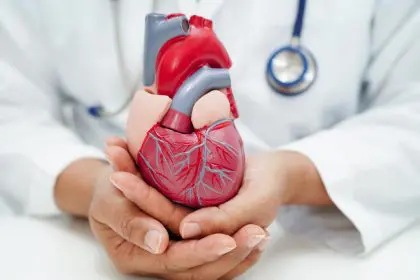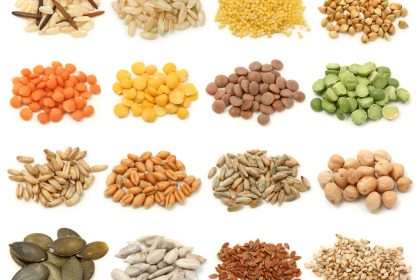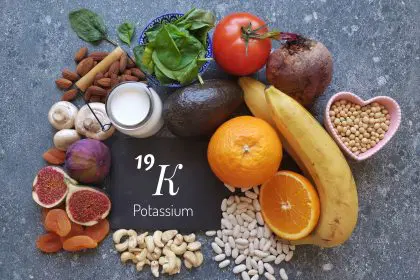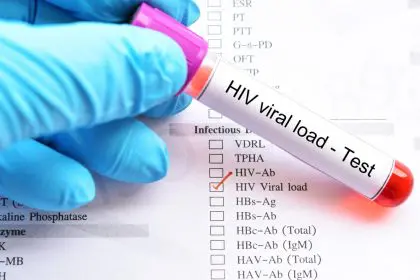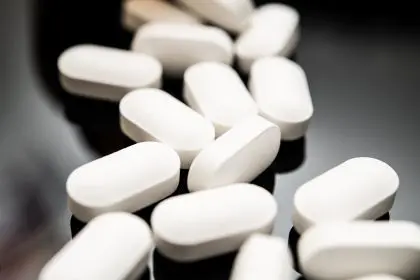Cholesterol is a substance your body needs to build cells, but too much of it can pose significant health risks, particularly for your heart. High cholesterol levels can lead to a buildup of fatty deposits in your blood vessels, which may eventually cause blockages and increase your risk of heart disease and stroke. Many people are unaware of their cholesterol levels until a routine check-up reveals that it’s too high. The good news is that there are several effective ways to manage and lower your cholesterol. By making a few changes to your lifestyle, you can take control of your health and reduce the risk of serious complications.
This article will explore five practical strategies to help you lower your cholesterol. Each method is backed by research and designed to fit into your daily life, making it easier to maintain healthy cholesterol levels in the long run. Whether you’re looking to make significant dietary changes or just tweak your routine, these tips can guide you toward better heart health.
Understanding cholesterol
Before diving into the strategies, it’s essential to understand the different types of cholesterol. There are two main types: low-density lipoprotein (LDL) and high-density lipoprotein (HDL). LDL is often referred to as “bad” cholesterol because it contributes to fatty buildups in arteries (atherosclerosis), which can lead to heart attacks and strokes. On the other hand, HDL is known as “good” cholesterol because it helps remove LDL from the bloodstream, transporting it to the liver where it can be processed and eliminated.
1. Adopt a heart-healthy diet
One of the most effective ways to lower cholesterol is to make changes to your diet. Reducing the intake of saturated fats and eliminating trans fats are critical steps. Saturated fats, found primarily in red meat and full-fat dairy products, can raise your total cholesterol. Instead, choose leaner cuts of meat, and switch to low-fat or fat-free dairy options. Trans fats, often found in fried foods and baked goods, not only raise your LDL cholesterol but also lower your HDL cholesterol, creating a double whammy for your heart health.
Incorporating more fruits, vegetables and whole grains into your diet can also help. Foods rich in omega-3 fatty acids, such as salmon, flaxseeds and walnuts, are particularly beneficial. Omega-3s do not affect LDL cholesterol but have other heart-healthy benefits, such as reducing blood pressure. Moreover, soluble fiber, found in oats, beans and certain fruits, can help lower LDL cholesterol by binding cholesterol in the digestive system and removing it from the body before it can be absorbed into the bloodstream.
Heart-healthy foods to incorporate
Oats and barley: High in soluble fiber, these grains can help reduce the absorption of cholesterol in your bloodstream.
Nuts: Almonds, walnuts and other nuts are rich in monounsaturated fats, which can improve cholesterol levels.
Fruits: Apples, grapes and strawberries contain pectin, a type of soluble fiber that lowers LDL.
Fatty fish: Salmon, mackerel and tuna are high in omega-3 fatty acids, promoting heart health.
2. Exercise regularly
Physical activity is another powerful tool in lowering cholesterol. Regular exercise can help raise HDL cholesterol while lowering LDL cholesterol. The American Heart Association recommends at least 150 minutes of moderate-intensity exercise, such as brisk walking, or 75 minutes of vigorous exercise, such as running, each week. Exercise helps by stimulating the body’s ability to move LDL from the blood to the liver, where it can be processed and expelled from the body.
Even if you’re not a fan of traditional workouts, finding ways to stay active throughout the day can make a significant difference. Activities like gardening, dancing or even taking the stairs instead of the elevator can all contribute to your weekly exercise goals.
Types of exercise to consider
Aerobic exercises: Activities like jogging, swimming and cycling are great for improving cardiovascular health.
Resistance training: Lifting weights or doing body-weight exercises like push-ups can help build muscle and reduce fat, contributing to better cholesterol levels.
Flexibility exercises: Yoga and stretching can improve overall fitness and help reduce stress, which indirectly benefits heart health.
3. Maintain a healthy weight
Carrying excess weight, especially around the midsection, contributes to high cholesterol levels. Losing even a small amount of weight can help reduce cholesterol levels. When you lose weight, your body starts to break down fat stores, which can lower the number of lipids circulating in your bloodstream.
Focusing on a balanced diet and regular exercise can help you maintain a healthy weight. Additionally, avoiding crash diets is crucial. These diets may lead to quick weight loss, but they often result in a rebound effect where the weight is quickly regained, sometimes with an added few pounds. A sustainable approach to weight loss involves making small, manageable changes that you can maintain over time.
Tips for sustainable weight loss
Set realistic goals: Aim for a slow, steady weight loss of about 1-2 pounds per week.
Watch portion sizes: Reducing portion sizes can significantly lower calorie intake without feeling deprived.
Stay hydrated: Drinking water before meals can help reduce hunger and prevent overeating.
Keep a food journal: Tracking what you eat can help you identify patterns and areas for improvement.
4. Quit smoking
If you smoke, quitting is one of the best things you can do for your cholesterol levels and overall heart health. Smoking damages the walls of your blood vessels, making them more prone to accumulating fatty deposits. It also lowers HDL cholesterol, which helps remove LDL cholesterol from your arteries.
The benefits of quitting smoking begin almost immediately. Within 20 minutes, your blood pressure and heart rate recover from the cigarette-induced spike. Within three months, your blood circulation and lung function improve, and within a year, your risk of heart disease is half that of a smoker. For many, quitting smoking is easier said than done, but numerous resources and support systems are available to help.
How to quit smoking successfully
Nicotine replacement therapy (NRT): Products like patches, gum or lozenges can help reduce cravings.
Prescription medications: Drugs like Chantix or Zyban can help manage withdrawal symptoms and reduce the urge to smoke.
Support groups: Joining a group of like-minded individuals can provide the encouragement you need to stay smoke-free.
Behavioral therapy: Working with a counselor can help identify triggers and develop strategies to manage cravings.
5. Limit alcohol intake
While moderate alcohol consumption has been linked to higher levels of HDL cholesterol, excessive drinking can lead to a variety of health problems, including high blood pressure, heart failure and strokes. For those who drink, it’s crucial to limit alcohol intake to moderate levels — up to one drink per day for women and up to two drinks per day for men. Drinking more than this amount can raise cholesterol levels and blood pressure, increasing the risk of heart disease.
If you don’t drink, there’s no need to start. The potential benefits of alcohol do not outweigh the risks for most people, and there are many other ways to boost HDL cholesterol and protect your heart.
Tips for moderating alcohol consumption
Set limits: Decide in advance how many drinks you will have and stick to it.
Alternate with water: For every alcoholic drink, have a glass of water to stay hydrated and reduce the total amount of alcohol you consume.
Avoid binge drinking: Drinking a lot in a short period is particularly harmful to your heart and overall health.
Know your triggers: Avoid situations where you might be tempted to drink more than planned.
Incorporating these five strategies into your daily routine can make a substantial difference in your cholesterol levels and your overall well-being. Take charge of your health today and enjoy the peace of mind that comes with knowing you’re doing everything you can to protect your heart.
This story was created using AI technology.





